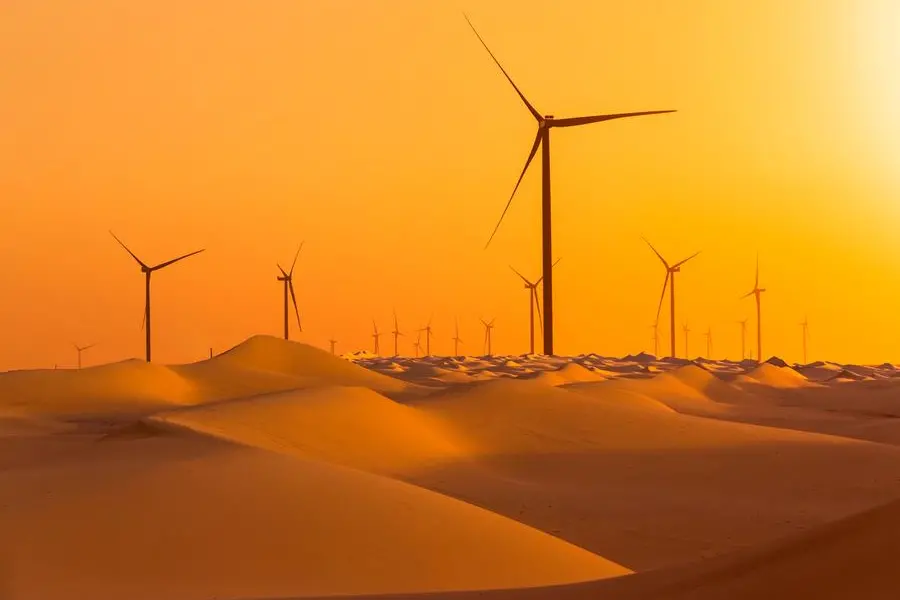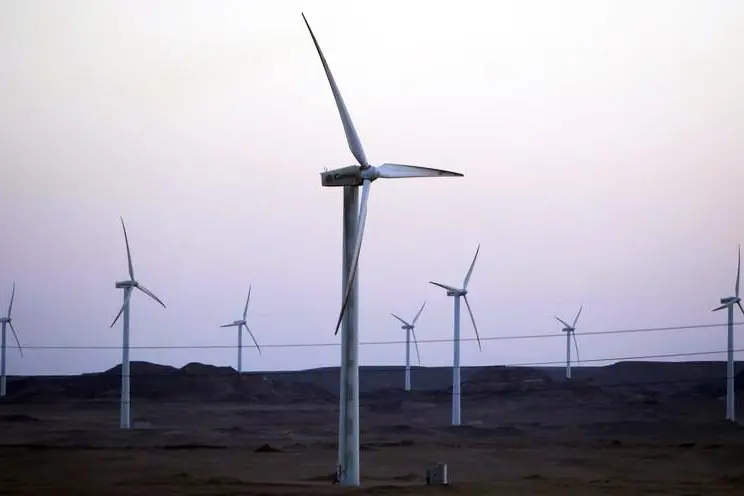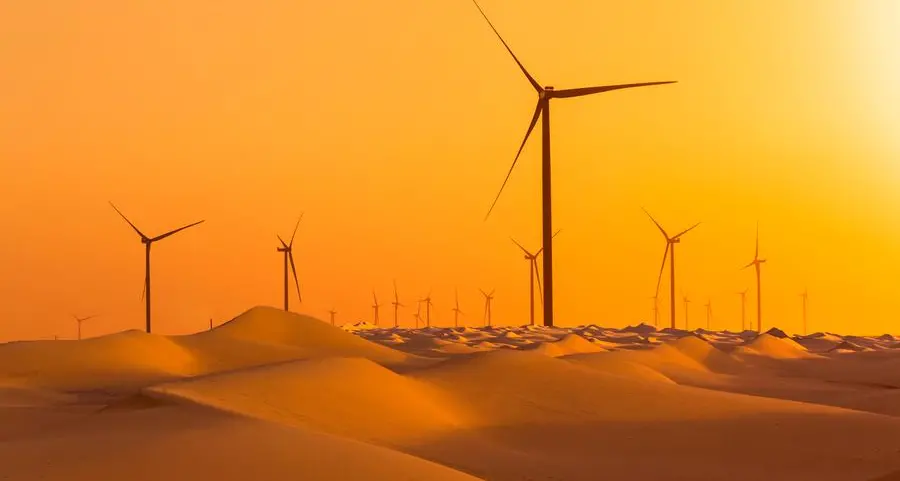PHOTO
(The o pinions expressed here are those of the author, a columnist for Re uters)
LITTLETON, Colorado - For the first time, electricity generation from Australian solar and wind farms could match that coming from the country's coal-fired power plants this summer.
Combined solar and wind electricity generation is on track to hit between 8 and 9 terawatt hours (TWh) a month during the heart of the Australian summer, according to Reuters projections using historical data from energy think tank Ember.
Coal-fired electricity generation is likely to decline to similar levels over the same period, and mark the first time that renewables have a shot of surpassing coal as Australia's chief source of electricity.
TURNAROUND
The fact that renewables generation is even coming close to that from coal plants in Australia highlights the remarkable turnaround in the country's electricity mix.
A decade ago, coal-fired generation was 10 times the combined output from solar and wind farms, and coal accounted for more than 64% of Australia's electricity supplies until 2020.
Rapid renewables growth has turned things around, however.
Combined generation from solar and wind farms has grown by 22% a year since 2018, and this year could supply over 30% of total electricity for the first time, data from Ember shows.
Australian electricity production from solar and wind farms jumped from less than 30 terawatt hours (TWh) in 2018 to 77 TWh in 2023, and is on track to surpass 80 TWH in 2024.
The nearly 170% jump in solar and wind production from 2018 to 2023 contrasts with a nearly 20% decline in coal-fired generation over the same period, and resulted in a sharp reconfiguration of Australia's generation mix.
Coal-fired emissions have dropped due to the output cuts, from nearly 140 million metric tons of carbon dioxide (CO2) in 2018 to 110 million tons in 2023, helping to advance national pollution reduction efforts.
REVERSAL?
So far in 2024, a nearly 20% drop in output from hydro dams and flat production from wind farms has triggered a nearly 4% climb in coal-fired generation.
However, the peak generation window for renewables output is still ahead, which should allow utilities to curb coal production over the latter half of the year.
Solar production during August was 3.2 TWh, but historically rises by around 75% by December, which is typically the peak month for solar production in Australia.
A repeat of that trend in 2024 would put this December's solar production at around 5.5 TWh.
However, so far in 2024 solar generation is running around 11% ahead of 2023's monthly totals, thanks to capacity increases brought online this year.
That suggests that this year's solar output during the peak production window could rise by a similar degree, and push total solar generation closer to 6 TWh by December.
Wind output in December has averaged around 2.5 TWh since 2021, and so would bring total solar and wind generation to around 8.5 TWh that month this year if solar production matches expectations.
COAL CUTS?
Coal generation has averaged 11.2 TWh a month so far in 2024, but has historically hit its lowest generation levels for the year in September, October and November during the Australian spring.
In 2023, the coal output low for the year was 9.2 TWh in September, while in 2022 the yearly low was 9 TWh set in November.
This year, a drop below 9 TWh is possible in October or November if both solar and wind generation rise as expected, and could result in combined solar and wind output matching coal-fired generation for the first time.
Coal output will likely rise again in December due to greater demand for cooling, which would cement coal's place as Australia's primary electricity source.
But for a brief window this summer, coal's supremacy could be matched by renewables for the first time, signalling a taste of things to come if the country's utilities continue to roll out more renewable capacity.
(Reporting by Gavin Maguire; Editing by Jacqueline Wong)























